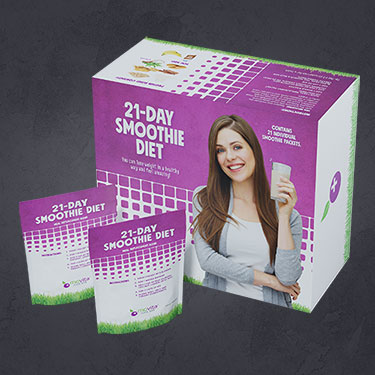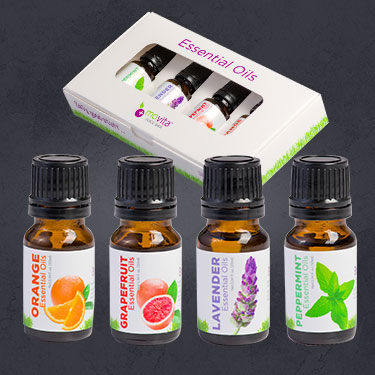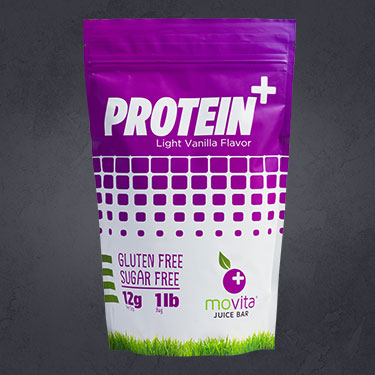
What is matcha, and what health benefits does it offer?
Matcha is a powdered green tea, enjoyed for nearly 1,000 years in China and Japan. The word ‘matcha’ comes from the Japanese words ma, which means ground, and cha, or tea, to describe the fine powder made from steamed and dried green tea leaves.
The leaves of the Camellia sinensis plant are processed in different ways to create white, green, oolong, and black teas. Smaller young leaves and leaf buds are used for making green tea, the older larger leaves for oolong and black tea, and the buds for white tea.
To make matcha, the tea bushes are covered to shade the leaves from direct sunlight, which enables the plants to produce higher amounts of amino acids and bioactive compounds responsible for the unique, non-bitter taste and the characteristic, bright green color of matcha.
After a brief period of steaming, the leaves are dried, stems and veins are removed, and the remaining leaves are ground into a fine powder.
Other types of tea leaves are steeped in water and discarded; matcha is powdered and stirred into the water with nothing to discard.
Health Benefits of Matcha:
All types of tea are prized not only for their taste, but also for health benefits. Matcha is considered a tea health powerhouse for these reasons:
Antioxidants: Matcha green tea may contain anywhere from three to ten times the quantity of antioxidants contained in standard green tea. Antioxidants are substances naturally found in plants that prevent or delay some types of cell damage that are associated with the risk of developing some types of cancer, cardiovascular disease, type 2 diabetes, Alzheimer’s disease, Parkinson’s disease, cataracts, and age-related macular degeneration.
Vitamin C: All green tea contains vitamin C, but matcha has been found to contain more than double the amount of Vitamin C of other types of green tea. Matcha tea contains 32-44 mg of vitamin C per liter. Matcha tea can contribute significant amounts of this important vitamin that is crucial for collagen formation, iron absorption, and our immune system.
Chlorophyll: Because matcha is prepared from tea leaves grown in the shade, it contains more chlorophyll than other types of tea. Chlorophyll allows plants to absorb energy from the sun during photosynthesis and is responsible for the bright green color of matcha. Chlorophyll is also an important source of antioxidants and anti-inflammatory compounds that promote health and may decrease risk of some types of cancer.
Caffeine: Compared to other types of green tea, matcha has a higher caffeine content. Caffeine not only stimulates the nervous system; it also may reduce oxidative stress and contains anti-inflammatories.
Theanine: Theanine is an amino acid naturally occurring in the tea plant Camellia sinensi. However, because plants grown for matcha production are shaded, theanine doesn’t break down. The higher theanine in matcha provides its distinctive taste, and the combination of theanine and caffeine may enhance concentration and help manage stress.
How to Make Matcha:
There are two grades of matcha: ceremonial and culinary.
Although these terms aren’t regulated in the United States, they are important in Japan. Ceremonial matcha is the highest-quality tea made from younger leaves that are stone-ground into a very fine powder and will last up to 6 months when stored in an air-tight container in the refrigerator.
Culinary matcha is made from larger, more mature tea leaves and has a stronger, more bitter flavor. Choose ceremonial matcha for tea and use culinary matcha in smoothies, lattes, or other types of cooking.
To make matcha tea, mix ½ teaspoon ceremonial matcha powder with 3 ounces of water that has been heated to between 175° and 195° Fahrenheit to maximize the taste and health benefits. Whisk briskly to make a frothy tea.
You Can Put Matcha in Food Too!
Matcha adds a beautiful green color and umami flavor to a variety of beverages and foods. Experiment to find your favorite!
- Stir matcha into cream cheese or butter to spread on toast or crackers.
- Mix matcha into your favorite smoothie.
- Blend matcha into plain Greek yogurt and top with fresh berries.
- Stir matcha into hummus for a snack with raw vegetables.
- Add matcha to muffin or pancake recipes.
- Stir matcha into oatmeal for a satisfying breakfast.
- Sprinkle matcha onto popcorn.
DISCLAIMER: These statements have not been evaluated by the FDA. The information is for informational purposes and is not intended to treat, diagnose or cure any illness. Consult a physician before taking any action.
Want to contribute great content?
We are looking for contributors provide our readers with great healthy content to encourage positive living. If you're interested in becoming a contributor pease email us at blog@movitajuicebar.com



